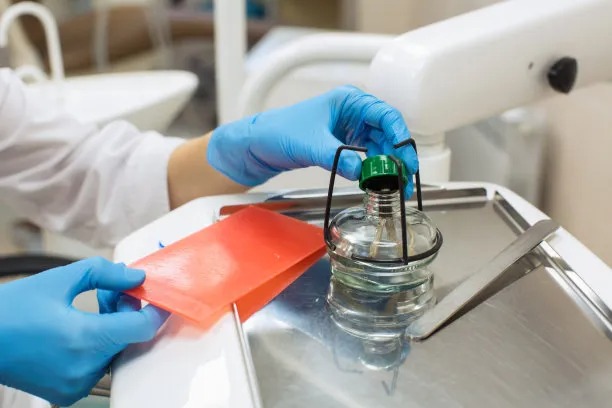Essential Precautions to Ensure Safe and Effective Root Canal Treatment for Optimal Dental Health and Comfort
Summary: Ensuring safe and effective root canal treatment is crucial for optimal dental health and patient comfort. This article outlines essential precautions that both dental professionals and patients should take prior to and during the procedure. By focusing on four key aspects—thorough patient assessment, effective pain management strategies, stringent hygiene protocols, and post-treatment care—we can enhance the overall experience and outcomes for individuals undergoing root canal therapy. Each of these elements plays a vital role in not only ensuring safety but also in promoting a smoother recovery process, leading to better long-term dental health.
1. Thorough Patient Assessment and Diagnosis

Before initiating a root canal treatment, a comprehensive patient assessment is paramount. This involves a detailed medical history review, including any previous dental procedures, allergies, and existing health conditions that could complicate the treatment process. Understanding these factors helps in tailoring the approach to each unique case.
Moreover, advanced imaging techniques, such as X-rays or 3D scans, should be utilized to gain a clearer understanding of the tooths internal structure and surrounding tissues. This step is crucial for identifying any complexities such as unusual tooth canals or signs of infection that may necessitate a modified treatment plan.
Additionally, open communication with the patient regarding their symptoms and concerns allows the dentist to establish a comfortable rapport. Addressing anxiety or fear is essential, as it can impact the patient’s overall experience and cooperation during the procedure.
2. Effective Pain Management Strategies
Pain management is a critical aspect of root canal treatment, as the goal is to ensure patient comfort throughout the procedure. Before starting, the dentist should explain the anesthesia options available, allowing patients to voice any concerns or preferences they may have regarding sedation methods.
Local anesthetics are commonly used to numb the affected area, and their effectiveness can be enhanced by ensuring they are administered properly and allowing adequate time for the anesthetic to take effect. Patients should be monitored throughout the treatment to address any discomfort promptly.
In addition to local anesthetics, dentists may also consider nitrous oxide or oral sedatives for anxious patients. These additional measures can help create a more relaxed environment, reducing the overall stress associated with the procedure.
3. Stringent Hygiene Protocols in the Office
Implementing strict hygiene protocols in the dental office is crucial to preventing infections during root canal treatments. This starts with thorough sterilization of all instruments and equipment that will be used during the procedure. Dental professionals should adhere to protocols outlined by health authorities to ensure the highest standards of cleanliness.
Additionally, maintaining a clean working environment is vital. This includes the use of disposable materials wherever possible and regular disinfection of surfaces that come in contact with patients. A secure and sterile environment fosters confidence in patients and reduces the risk of contamination.
Furthermore, dental personnel must practice proper hand hygiene and wear appropriate personal protective equipment (PPE) to minimize the risk of transferring bacteria. Adhering to these practices protects both the patient and the dental team, contributing to a safer treatment experience.
4. Comprehensive Post-Treatment Care
After a root canal procedure, providing patients with thorough post-treatment care instructions is essential for optimal recovery. Dentists should discuss expected symptoms and discomfort, along with signs that may indicate complications, such as increasing pain or swelling.
Patients should be informed about proper oral hygiene practices following treatment, emphasizing the importance of maintaining a clean mouth to prevent infections. The use of prescribed medications, if applicable, should also be clearly outlined, along with guidance on managing any discomfort they may experience.
Finally, scheduling follow-up appointments is crucial to monitor the healing process and address any concerns that may arise post-treatment. Continuous care helps to ensure that the goals of the root canal treatment are achieved and that the patients dental health is maintained effectively.
Summary:
To summarize, ensuring safe and effective root canal treatment involves a multi-faceted approach encompassing thorough patient assessment, effective pain management, stringent hygiene protocols, and comprehensive post-treatment care. These precautions not only enhance patient comfort but also promote better dental health outcomes in the long term. By following these essential guidelines, both patients and dental professionals can collaborate to create a more positive treatment experience.
This article is compiled by Vickong Dental and the content is for reference only.



